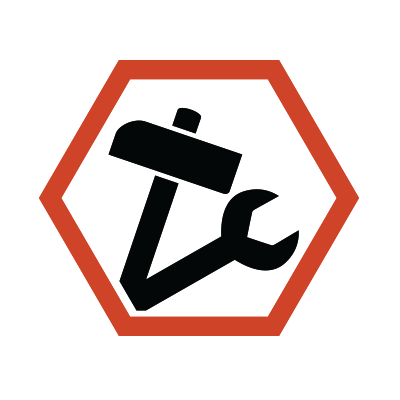Working at heights comes with inherent risks, and ensuring the safety of workers is a top priority for any construction, maintenance, or roofing project. Falls from heights are one of the leading causes of workplace accidents, and they can result in severe injuries or fatalities. To minimize these risks, edge protection solutions are essential to safeguard workers and prevent falls. With the right safety measures in place, teams can work confidently and efficiently without compromising their well-being.
Understanding the Importance of Edge Protection
Edge protection solutions are designed to create barriers that prevent workers from accidentally falling from elevated work areas. These solutions are critical in industries that require employees to work on rooftops, scaffolding, or other elevated platforms. Without proper protection, the risk of serious injury or death increases dramatically.
Employers must adhere to strict safety regulations and provide adequate protection to workers exposed to fall hazards. Proper edge protection not only helps prevent accidents but also ensures that businesses comply with local safety standards, reducing the likelihood of legal liabilities.
Types of Edge Protection Solutions
There are various types of edge protection systems available, each suited to different types of work environments and needs. Understanding the most common options can help you select the right solution for your project.
- Guardrails: One of the most widely used edge protection solutions, guardrails are installed around the perimeter of rooftops, scaffolding, or other elevated surfaces. They provide a physical barrier that prevents workers from approaching the edge and are typically easy to install and adjust.
- Temporary Fencing: In construction or renovation projects, temporary fencing can be set up to create a safe boundary around hazardous areas. These barriers are portable, making them ideal for projects where workspaces frequently change.
- Scaffolding Systems: Scaffolding is essential for projects that require extended work at heights. Many scaffolding systems come equipped with built-in edge protection features, such as guardrails or netting, to ensure worker safety.
- Safety Netting: In some cases, safety netting is installed below elevated work areas to catch workers in the event of a fall. This is especially useful for large construction sites or industrial projects where other forms of edge protection might not be practical.
Choosing the right type of edge protection depends on the specific requirements of the job, including the height of the workspace, the duration of the project, and the mobility of workers.
Protecting Roof Workers with Specialized Solutions
Roof work is one of the most dangerous jobs in construction due to the high risk of falling. To ensure the safety of workers who are repairing, installing, or maintaining rooftops, specialized edge protection systems are often required. These systems are designed to provide secure barriers along roof edges without hindering the movement or efficiency of workers. Using solutions like Roof Edge Protection ensures that the entire perimeter of the roof is safeguarded, allowing workers to focus on their tasks without worrying about fall risks. This type of protection is particularly important for projects involving sloped or fragile rooftops, where traditional guardrails might not offer enough security. Investing in proper roof protection not only prevents accidents but also enhances productivity by creating a safer working environment.
Key Considerations When Choosing Edge Protection
When selecting edge protection solutions, there are several factors to keep in mind to ensure maximum safety and compliance with regulations. First, it’s important to assess the specific hazards associated with the job site. This includes evaluating the height of the workspace, the type of surface being worked on, and the number of workers on site.
Additionally, ensure that the edge protection systems you choose comply with local safety standards and regulations. Different regions may have specific requirements for fall protection, and failing to adhere to these guidelines can result in fines or legal action. Finally, consider the ease of installation and removal of the protection systems. Temporary edge protection should be quick to set up and dismantle, while permanent solutions should require minimal maintenance. The goal is to select a system that enhances safety without adding unnecessary complexity to the project.
Regular Inspections and Maintenance
Even the best edge protection solutions can become ineffective if not properly maintained. It’s essential to conduct regular inspections of all safety barriers to ensure they are in good working condition. This includes checking for signs of wear, damage, or loose components that could compromise the integrity of the system. In addition to regular inspections, workers should be trained to recognize potential hazards and report any issues with the edge protection systems immediately. By maintaining a culture of safety and accountability, you can ensure that your team remains protected while working at heights.

Edge protection is a critical component of any project involving work at heights. By choosing the right solutions and maintaining strict safety standards, you can create a safer work environment and prevent potentially life-threatening accidents. Investing in proper fall protection systems not only protects your workers but also ensures the success and efficiency of your projects.







Leave a Reply